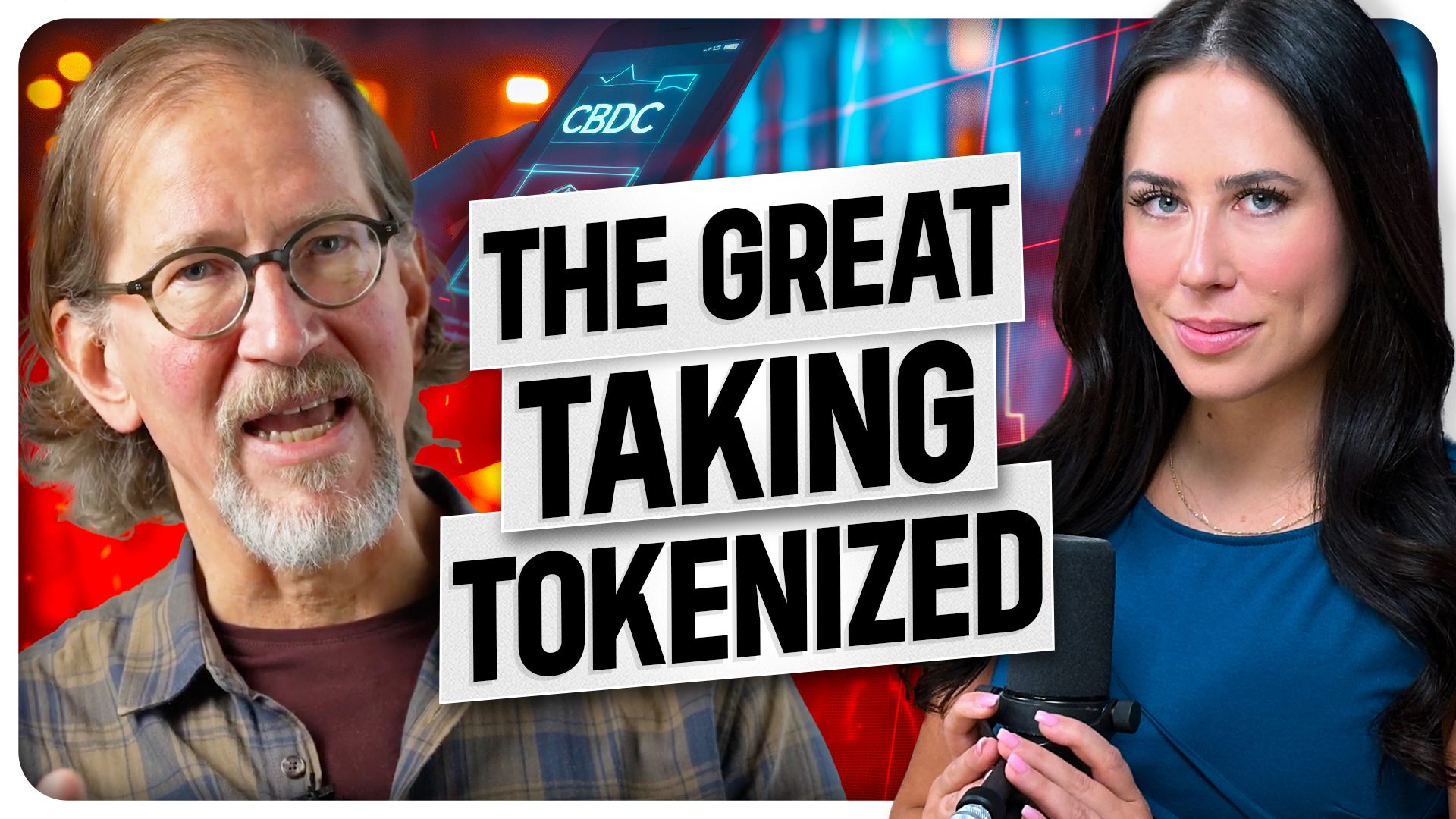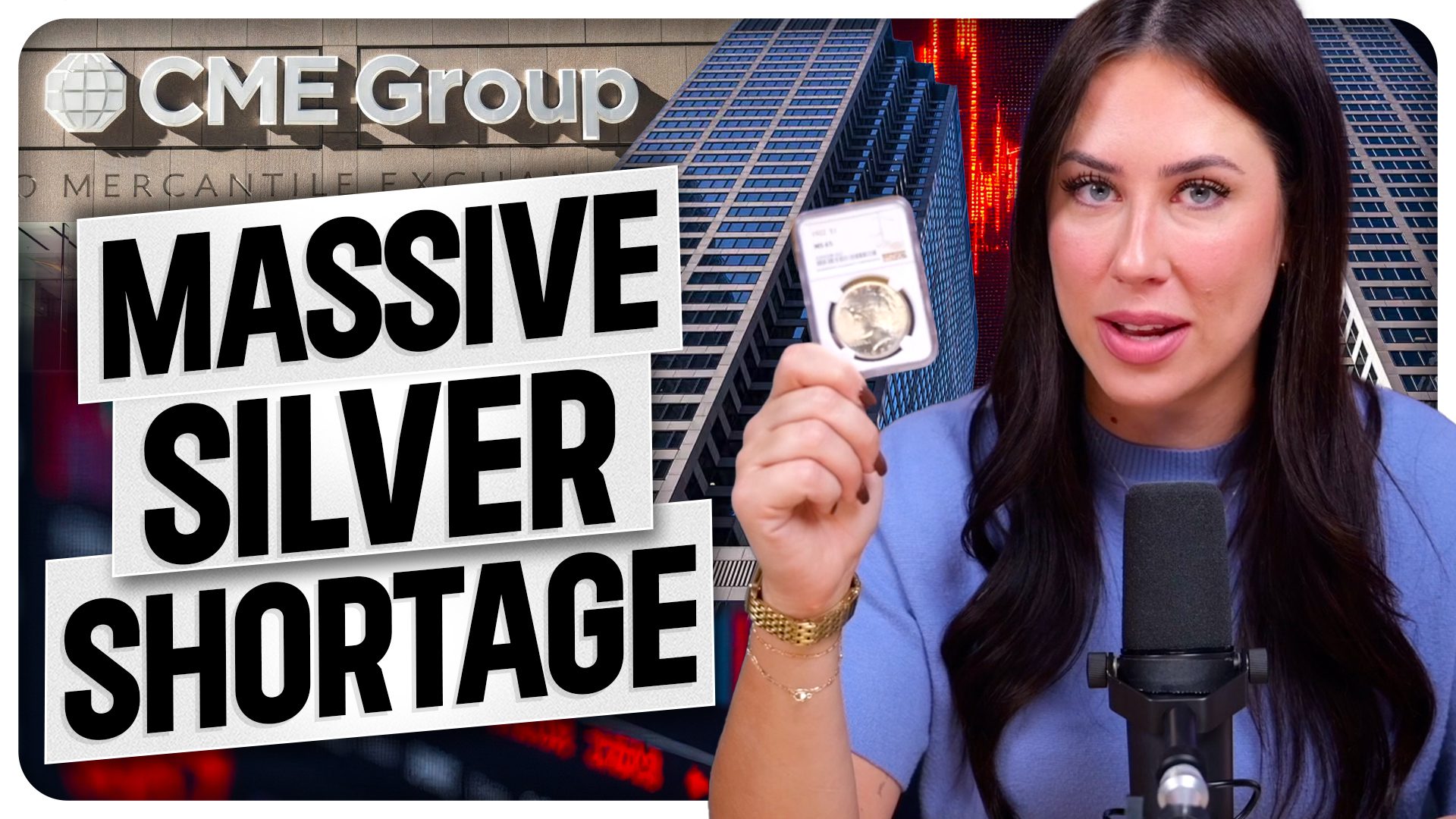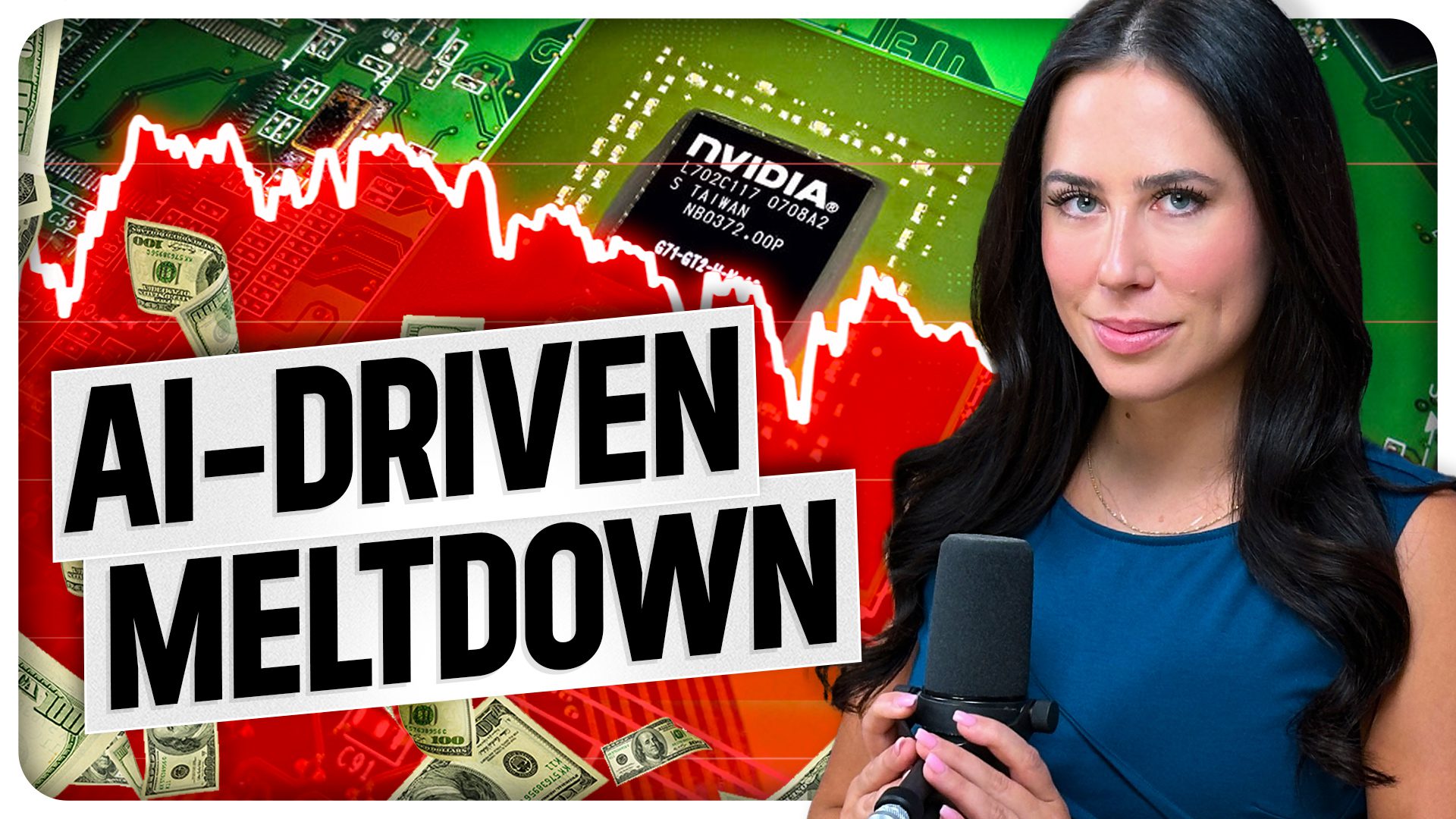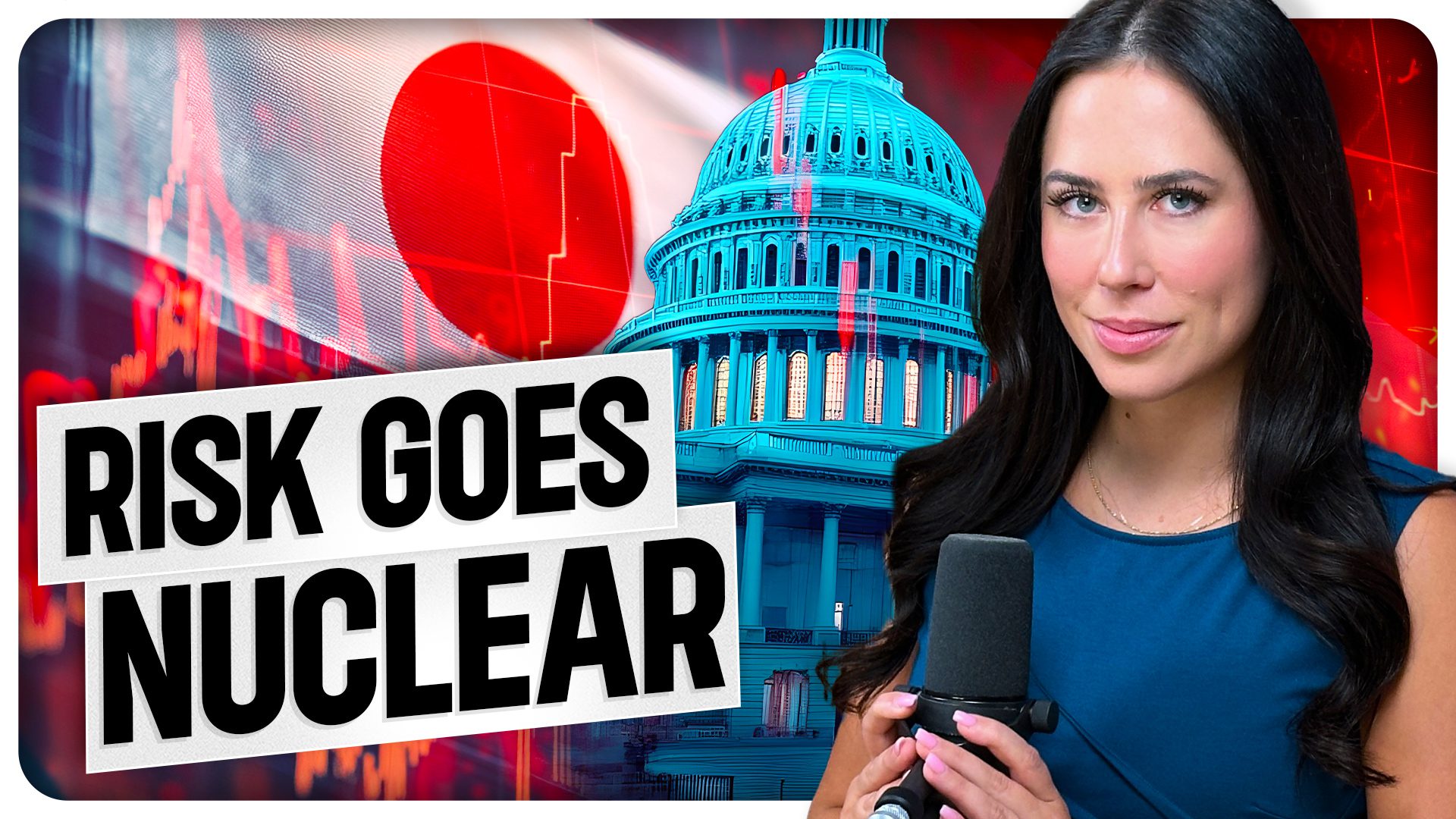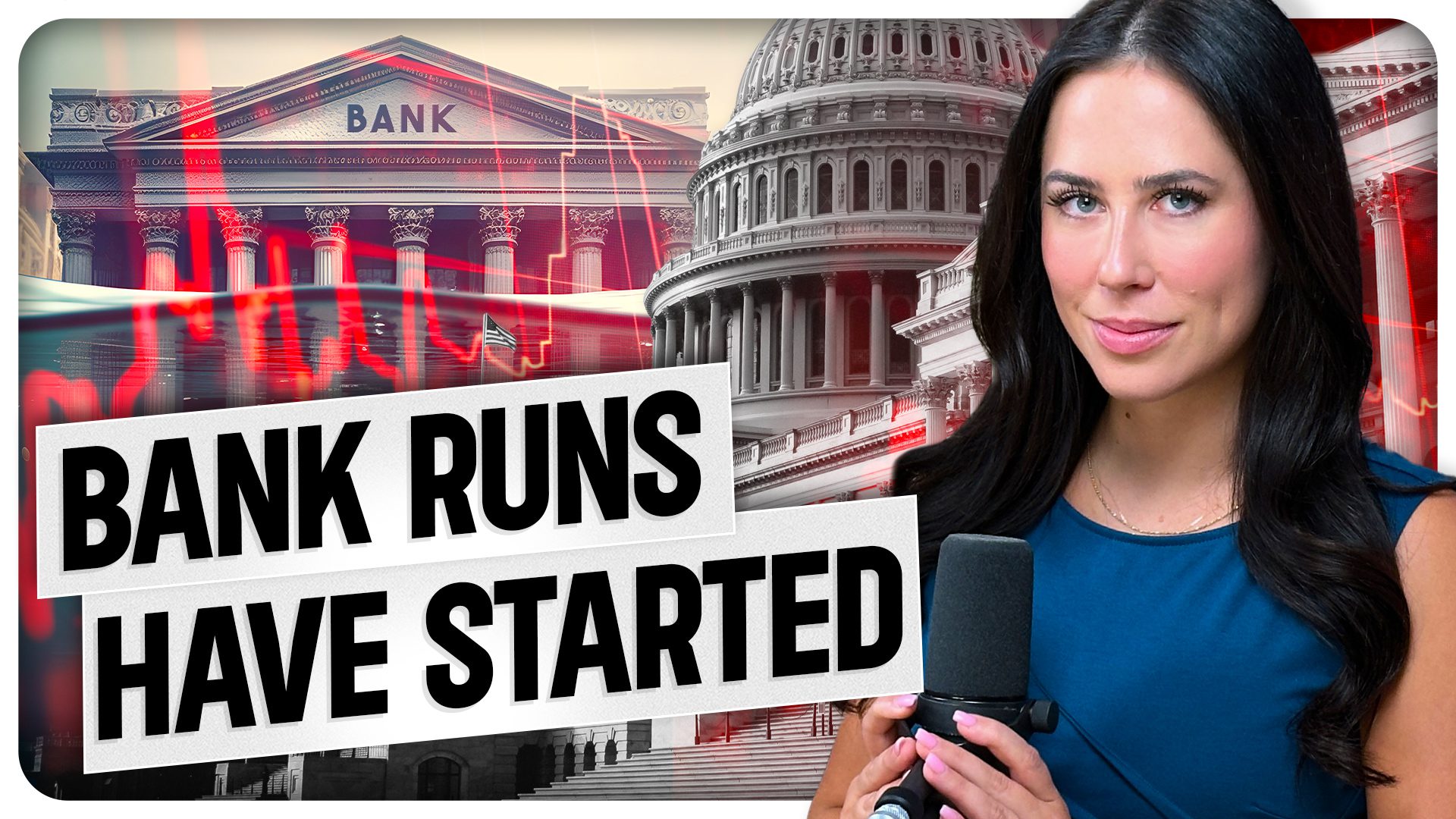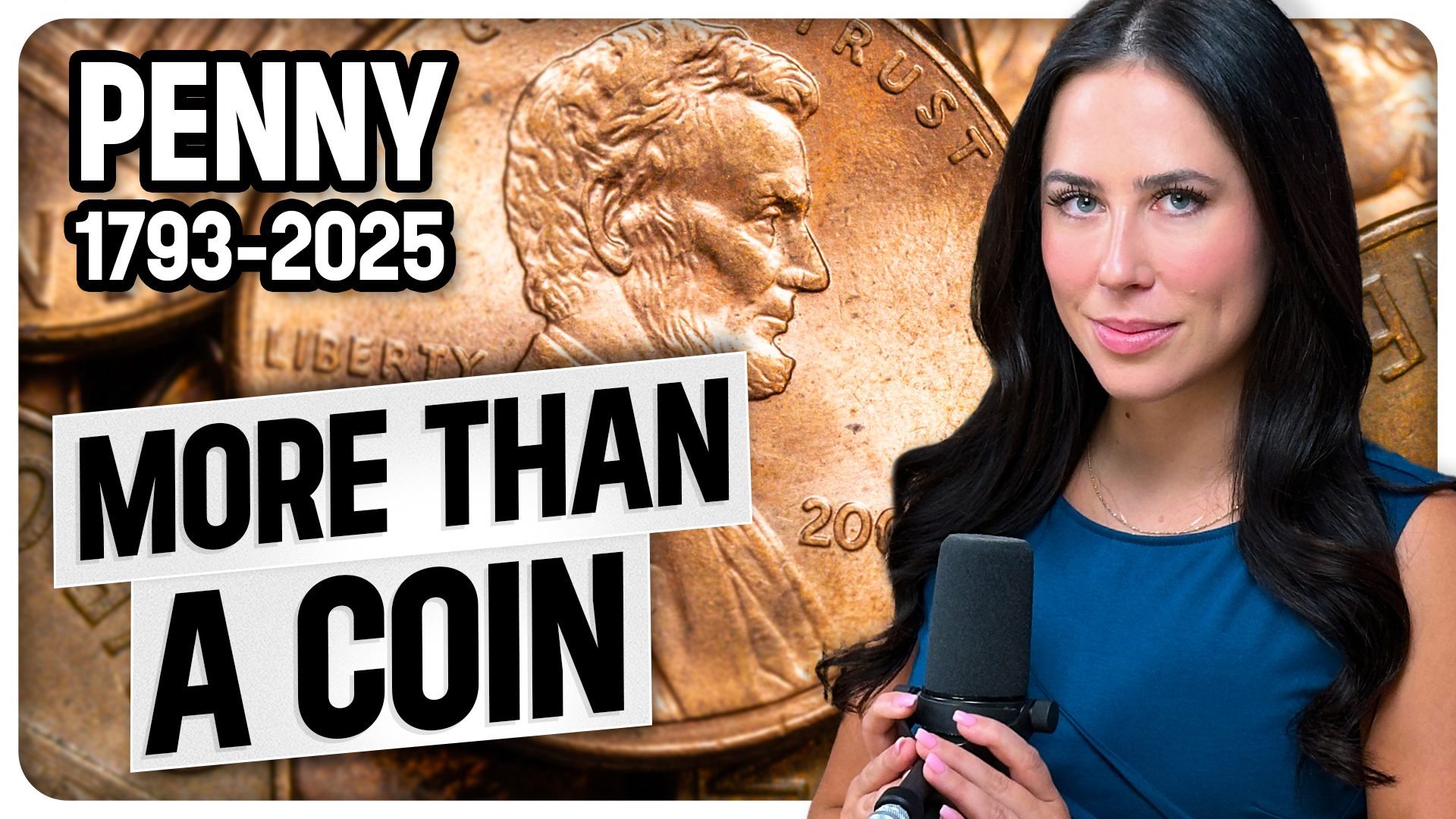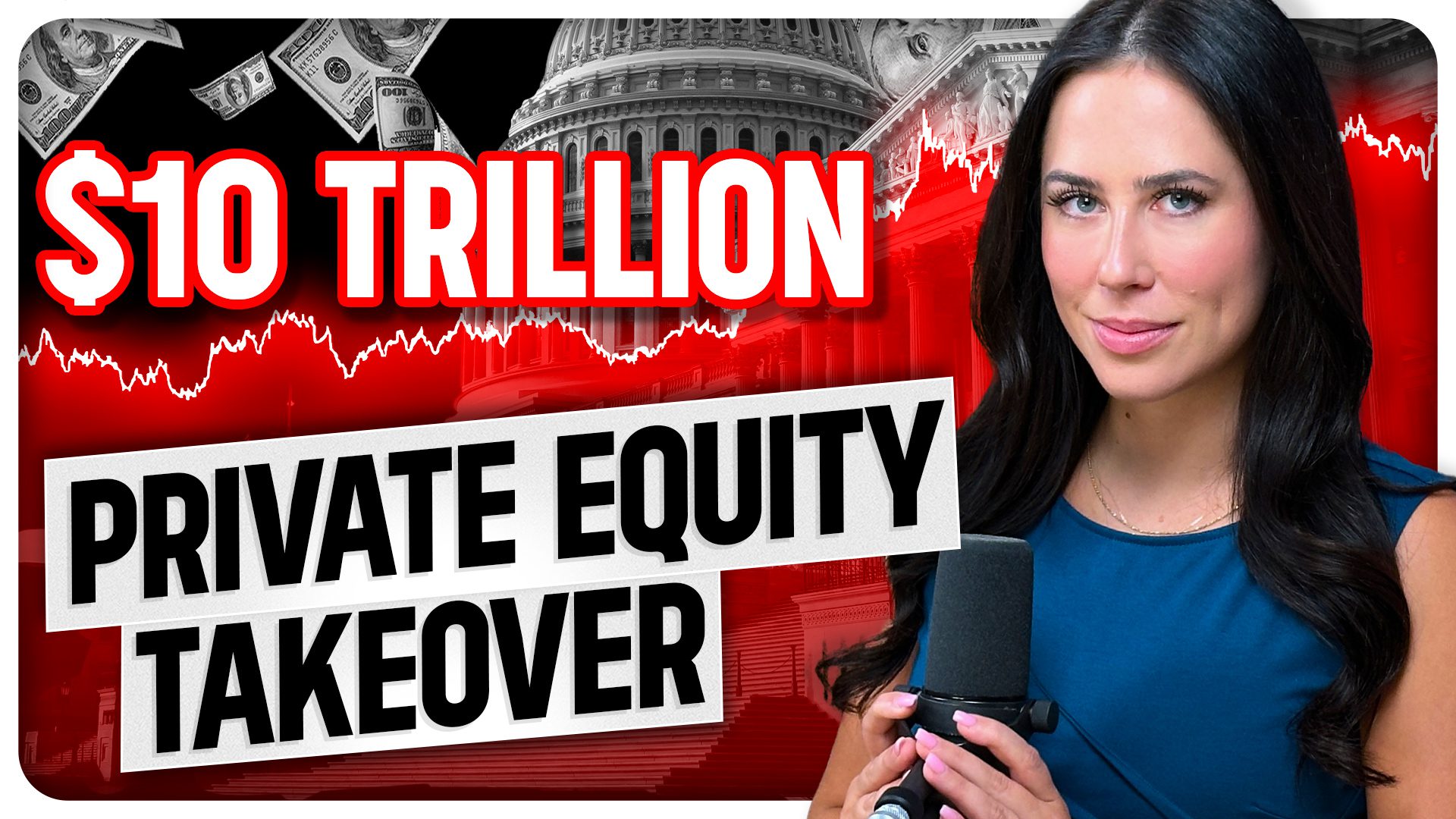USD Currency Lifecycle: From Controlling Money to the Monetary Collapse
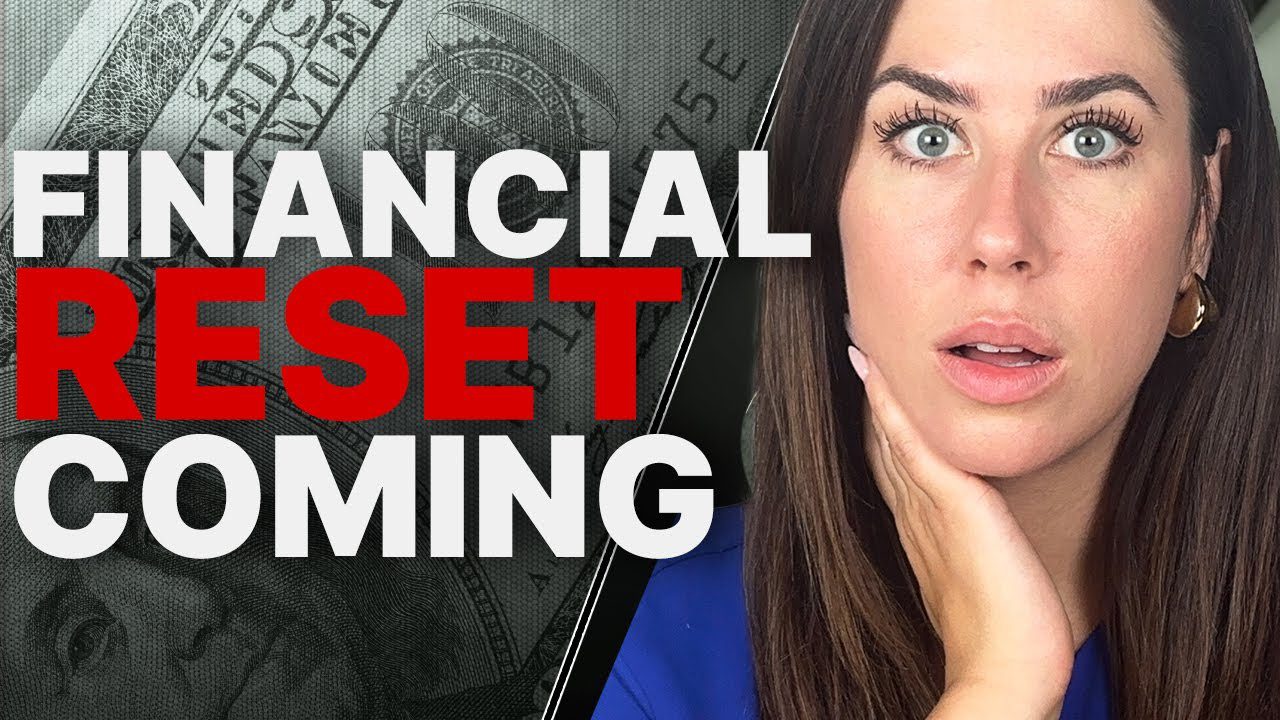
When it comes to an economic crisis, people are often devastated and shocked when the bottom falls out later stating that hindsight is 2020. But in reality, the signs were there all along. And right now there are clear indicators of a financial crisis. But the good news is that if you can understand where we are in the life cycle of a currency, then you will be able to see what’s coming and how to protect yourself while you still have time. Hi everyone. I’m Taylor Kenney with ITM Trading. If you are sensing that something is off, that we’re approaching a reset, that the pieces of the puzzle just aren’t quite coming together. You are not alone. What you’re sensing is a combination of factors that indicate that we are soon going to see the end of the current currency life cycle and a new monetary regime.
CHAPTERS:
0:00 When the Bottom Falls Out
0:57 Federal Deficit
1:33 Currency Lifecycle
4:52 Self Regulation
5:44 QE
7:28 Inflation
8:05 Taking On More Debt
8:50 Monetary Collapse
9:23 Volatility
TRANSCRIPT FROM VIDEO:
When it comes to an economic crisis, people are often devastated and shocked when the bottom falls out later stating that hindsight is 2020. But in reality, the signs were there all along, and right now there are clear indicators of a financial crisis. But the good news is that if you can understand where we are in the lifecycle of a currency, then you will be able to see what’s coming and how to protect yourself while you still have time.
Hi everyone. I’m Taylor Kenney with ITM Trading. If you are sensing that something is off, that we’re approaching a reset, that the pieces of the puzzle just aren’t quite coming together, you are not alone. What you’re sensing is a combination of factors that indicate that we are soon going to see the end of the current currency lifecycle and a new monetary regime.
First, let’s talk about what’s going on right now. The federal deficit has jumped up 170% from this time last year. In reaction to this, the US Treasury increased its quarterly bond sales. This is debt issuance increase. This is the first time that this has happened since COVID in order to pay for the surge in the budget deficit. In simple terms, more debt to prop up a failing system and to kick the financial crisis can down the road.
So what does all of this have to do with a currency lifecycle and the key indicators that I was talking about earlier? Well, in order to understand that, let’s start at the beginning. In any society, it starts with bartering and trading goods and services in exchange for goods and services, but that can only last so long before you run into natural roadblocks. So it’s only natural that some kind of free money market emerges. Historically and to this day, the money of choice used has always been gold and silver. This system is great for you, the citizens because you have the control, but as you can imagine, it is not great for you Guessed it. Governments, the government doesn’t control the money supply. It becomes much more difficult for them to manipulate the economy. This brings us to the next stage. Government controls the money. So naturally at this point, under the guise of progress and the needs of the society, governments are going to find a way to control the money.
This could start out in the form of more laws, taxes, tariffs, rules, regulations, but in reality, it’s not good enough to regulate. They actually need to control and in order to have true control, they have to be in charge of the money supply. And in order to do that, the first step is to create their own money, their own paper notes or nowadays digital currency, something that they can present and say, this has value and we all know where this is going. It starts with this currency, this money being tied to gold, backed by gold. There is some real value because you could take, let’s say this paper note and exchange it. It is convertible for gold, but eventually that is not good enough for the government because they are tied to gold and because of that, they don’t have as much control and they do not have as many tools at their disposal. So the only way to get more tools is to move away from gold, to move away from any real value because at that point they can increase the debt.
This brings us to the next stage, which is government devalues the currency at this point, it’s fiat money. The government’s fully control it. They can do whatever they want with it. They can spend it how they see fit, take on debt, and since they control it, they have additional tools that can sustain that growth or sustain that debt. But let’s pause and talk about lending and debt because this is going to be key to understanding how a currency is actually devalued and how we got to where we are today.
Let’s do a quick small scale example. We have an entrepreneur. They wanna grow their business. They are looking for a loan. We have a saver, a citizen who wants to put their money somewhere safe and protected where they feel like it will grow. And in the middle we have the bank. So Saver goes ahead and puts their money in the bank. The bank takes that same money and lends it out to someone that they feel confident will be able to repay them. Savings go in, loans, go out. We now have two claims on one asset. I know this is elementary, but the reason I’m saying this is because there are only ever two outcomes with debt, default or paid back. It goes one of two ways. A bank in this situation is inherently taking on the risk. They understand that they might not get all of their payments back. There might be some people who default. The problem is, is when there is an over extension of borrowing, when there is too much borrowing, that’s when the problems happen.
When a country’s economy is based on a monetary system such as gold or the gold standard, you are going to have self-regulation here. So the borrowing and the crediting will actually self-regulate because the risk of defaulted debt is too high. There are real assets at stake, tangible money that you stand to lose because of this growth might be slower in the beginning, but it will be sustainable and it will be real. When a country utilizes fiat money, US dollars for example, the risks look different because it’s a made up currency. The government has tools available to them that no one else does. Some of them are more obvious and you might’ve heard of them, such as quantitative easing. Some of them are going to be a little bit more hidden under the surface, such as shifting around who actually is owning the debt and how that debt is felt.
Let’s start with quantitative easing. It’s a nice enough sounding term, quantitative easing, depending on who you ask. Some might call it printing money. And while there’s no basement in the Federal Reserve where people are printing out stacks of dollar bills and then putting them into the economy to keep appearances up, they do have a workaround. The US government directs the treasury to issue debt in the form of bonds. These bonds are then bought by a private party and then sold from a primary dealer to the Federal Reserve. So no, the Federal Reserve is not directly buying this debt, but they are. There’s just a middleman, and this is what’s important. When they buy that debt, they are essentially creating more money, putting more money into circulation. So what this does is in practice, the United States is just paying off its old and current debt with new debt, and this could go on and on forever. So the debt cycle just continues to grow longer without the debt ever having to be paid off.
If you keep robbing Peter to pay Paul, or in this case robbing Paul to pay Paul, it’s going to catch up with you and that’s why you’re going to start to see inflation weaken purchasing power among other things. In some ways, they can only run this place so many times. We saw it in 2008 when they stabilize the economy by propping it up, the Federal Reserve was buying securities, which again effectively increased the money supply. And some might say, well, without that it would’ve been so much worse. But again, you’re just kicking the can down the road, passing the problem to tomorrow because eventually it will catch up with you. And what happens when you have sustained additional dollars, extra money going in, you get inflation, and once you get inflation, you get weakened purchasing power. Purchasing power is how many goods you can buy for one unit of money, and that has gone down. That is why you cannot buy the same things that you would’ve bought 50 years ago or you couldn’t live off of a salary from 50 years ago today because you have less purchasing power.
These are probably concepts you’re already aware of, but what else is happening behind the scenes? Isn’t it suspicious that right now with everything going on with interest rates being high and all of these things, we’re hearing in the news that we’re not feeling the impact as much as we should be, that the economy seems to be okay, it’s because the government is taking on more debt to prevent a crisis, but they’re not preventing anything. Interest rates are high and they are going to have to pay eventually.
So how do they pay? Taxes, seizures, things that impact you and me, and then they’re going to keep printing more money and we’re going to go around and around with the debt until there is nothing left. As the US dollar’s. Purchasing power decreases. There are serious risks that come with it, including higher cost of living, higher interest rates, lower credit availability, all things that are going to contribute to an economic crisis.
And this brings us to our final stage, monetary collapse, debt inflation, all types of things that lead to an economic crisis. It might be gradual until something seismic happens, until the bottom falls out, at which point the truth will be revealed that the fiat currency no longer has that perceived value. It’s actually not worth anything. This is when a stagnant economy could happen, political unrest and just a complete loss of confidence. Now, I’m not saying that’s gonna happen, I’m just saying that that is the currency lifecycle, and that’s what we’ve seen with other fiat currencies. As far as what’s going on right now. One of the immediate next risks we face is the actual amount of debt that is being sold and the supply and demand of that.
If the demand weakens for US debt, what happens next? We’re already seeing with some of these larger sales of securities that there is a demand for a discount. If that continues, what we’re going to see is a lot of volatility, which means a lot more risk, and that volatility is where we see either a complete collapse or a new monetary regime. Either way, it’s not something I’m looking forward to. They’ve gotta wipe the slate clean and come up with something else. And this is why I keep talking about CBDCs.
It makes sense to me that as we’re in this final stage, a CBDC could be their escape route. It could be that final parachute, but I don’t know that for sure. It’s just one option that I’m sure they’re considering, which is a good reminder. I know a lot of you already downloaded the free report in the description below, but if you didn’t or you already downloaded it, make sure to do it again because it is fully updated with everything you need to know about CBDCs so that you can educate yourself and protect yourself for the future.
It’s one easy, simple thing you could do today. It’s also important to know that there are strength in numbers, and that’s why it’s so important to look at how you’re voting with your wallet. If you keep your money in the fiat system, you could be supporting that cycle, that corruption. That is why I personally vote for gold, keep my money in gold because it’s something tangible and something I control and not the government.
As always, I love to break these concepts down together. I hope that this was educational and that you can continue to set yourself up for success by getting a strategy in place and continuing to educate yourself. I’m Taylor Kenney with ITM Trading. Until next time.
SOURCES:
https://www.economist.com/finance-and-economics/2023/05/03/america-faces-a-debt-nightmare
https://www.nytimes.com/2023/02/07/business/economy/us-trade-deficit.html
https://www.businessinsider.com/the-age-of-fiat-currency-2011-7
https://www.pbs.org/wgbh/commandingheights/lo/countries/de/de_money.html
https://www.citeco.fr/10000-years-history-economics/industrial-revolutions/birth-of-the-german-mark’
https://www.barrons.com/articles/us-national-debt-graph-ceiling-budget-16fcaea0
https://fred.stlouisfed.org/series/CUUR0000SA0R
https://fortune.com/2023/07/31/how-big-federal-debt-deficit-treasury-bonds-auction-markets/
